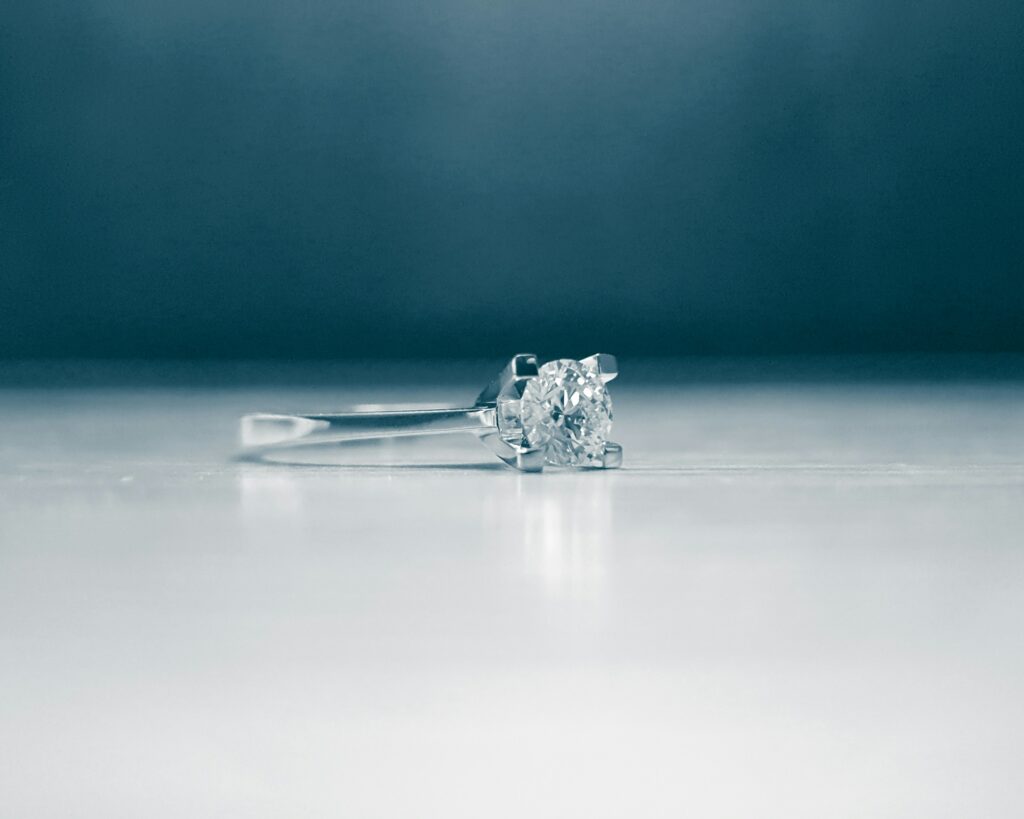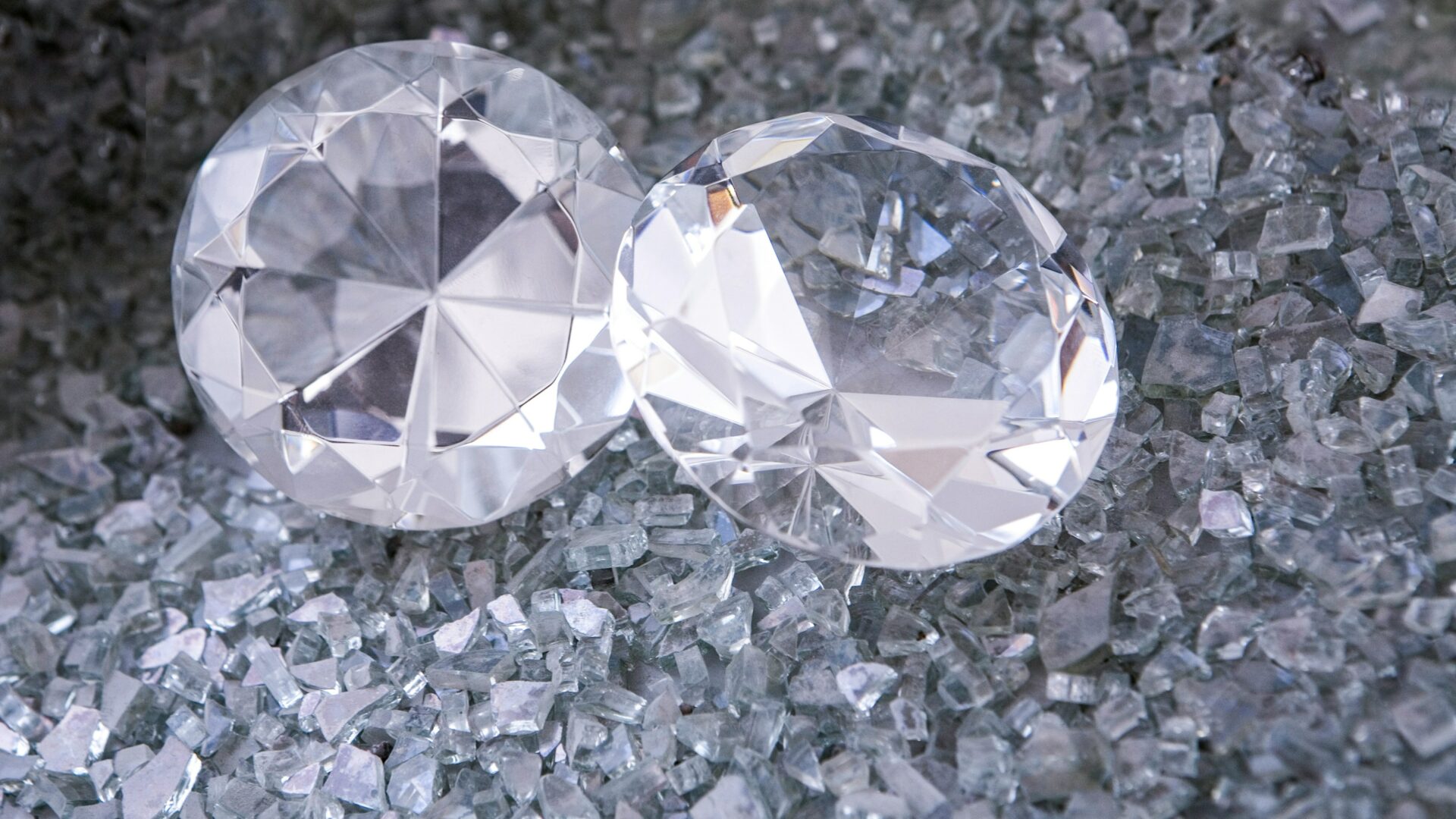A two-carat diamond is a symbol of forever, but they also look amazing in necklaces, earrings, and basically any piece where you want to add a touch of “wow.” And these days, lots of people are considering lab-grown diamonds. They’re gorgeous, and the whole ethical thing is a big plus. It can all get pretty confusing, though.
That’s where this guide comes in. We’re cutting through all the jargon to give you the straight facts about 2-carat lab-grown diamond prices. We’ll break down exactly what makes one diamond cost more or less than another, compare them to natural diamonds (the price difference might shock you), and even look at prices specifically in Canada. Ready to get started?

2-Carat Lab-Grown Diamond Price: What Affects It?
So you’re thinking about a lab-grown diamond—smart move. But what are they, really? And why is there such a big range in price? Think of lab-grown diamonds like this: they mimic nature’s process using some seriously high-tech equipment. But like natural diamonds, several factors can dramatically impact how they’re priced.
Here’s what you need to know:
Key Pricing Factors:
- Cut: Cut is about how well the diamond reflects light. A well-cut diamond blazes with brilliance, throws off colourful sparks (“fire”), and generally looks incredible. A diamond with an excellent cut will cost more, plain and simple. A poorly cut diamond? Dull and lifeless.
- Colour: Diamonds get colour grades from D (totally colourless) to Z (yellowish or brownish). D is super rare and super pricey. Colours like G and H might have a hint of colour, but honestly, most people won’t notice, especially if it’s set in yellow or rose gold.
- Clarity: A diamond’s clarity is determined by how few inclusions and blemishes it has. The grade and value increase with the number of defects. We’re talking about a scale here – Flawless (FL) at the top, Included (I1, I2, I3) at the bottom, meaning obvious flaws. These flaws can mess with how light moves through the diamond.
- Certification (IGI vs. GIA): Think of certifications from labs like GIA and IGI as a diamond’s report card. They grade the cut, color, clarity, and carat weight and give you peace of mind knowing what you’re buying is legit. GIA is extra strict – expect to pay a bit more. Additionally, IGI is a good option, particularly for lab-grown diamonds. Make sure that your diamond is always accompanied by a certificate from one of these labs. It is your assurance that you will receive what you have paid for.
- Shape (round, oval, emerald, etc.): The shape isn’t just about looks; it affects the price too. Round diamonds are usually the most expensive because they need to be cut with incredible precision to get that amazing sparkle. “Fancy shapes” like ovals, emeralds, pears, and marquises can often look bigger for the same carat weight and typically cost less. If you’re trying to maximize the size impact of your budget, look at the fancy shapes.
- Setting and Brand Premium: Keep in mind that the setting—whether it’s a simple solitaire, a sparkly halo, or a channel setting—adds to the overall cost. Intricate settings call for skill and materials, meaning the price goes up. And don’t forget the brand! Big names often charge more because you’re paying for the name, the designs, and the marketing. Smaller jewellers or online retailers might offer similar quality for less.
Example Price Range:
Remember, these are just ballpark figures. Prices can shift based on the market and the specific jeweler.
- Basic Quality: $1,000 – $3,000 USD. In this range, expect to see some inclusions (SI1 or SI2 clarity) and a bit of colour (G-H range). The cut might be “Good” or “Very Good” which will reflect on the sparkle.
- High Quality: $3,000 – $8,000 USD. Here, you will find truly stunning diamonds. Excellent cut, VS clarity (meaning “eye-clean,” no visible inclusions), and a D-F colour grade.
Price Comparison: Lab Grown vs. Natural Diamonds
Here’s where things get interesting. Lab-grown diamonds let you get a bigger, better-cut, or more colourless diamond for the same money as a natural diamond. Or, put another way, the price difference is significant.
How much is a 2-Carat Diamond?
Natural diamond prices are all over the place, depending on those 4Cs.
- Typical Price Range: $10,000 – $30,000+ USD. Flawless, colourless diamonds from mines, especially those with a story (like provenance), can easily go way beyond that range. It’s a big commitment.
In comparison, how much does a 2-carat lab-grown diamond cost?
The following explains why lab-grown diamonds are so desirable:
- Highlight: Compared to natural diamonds of comparable quality, lab-grown diamonds frequently cost 60% to 80% less.
Beyond just the price tag, what’s a 2-carat diamond really worth, whether it’s lab-grown or mined?
- Resale Value and Depreciation: Traditionally, natural diamonds could be resold, even if not always at a profit. The market dictates a resale value, which will rarely reflect the initial purchase. Lab-grown, though? The resale market is young and changing. As tech gets better and more people accept lab-grown diamonds, things might change, but for now, expect a bigger drop in value compared to natural diamonds.
- Emotional vs. Market Value: Honestly, the way you feel about a diamond is often more important than its price. Think engagement rings. Those things are symbols of love and commitment and a bond. Whether it came from the earth or a lab, that symbolism doesn’t change. Pick the option that feels right for you.
- Considerations of Buying as an Investment: Some people see natural diamonds as an investment, but they’re not easy to sell quickly. And lab-grown diamonds? Because the tech is always improving and production costs are coming down, they don’t make a great store of wealth. If you’re looking to invest, there may be better options.
2-Carat Lab Grown Diamond Price in Canada
Shopping for a lab-grown diamond in Canada? Here’s what you need to know.
- Canadian Retail and Online Pricing Comparison: Lab-grown diamond prices in Canada are pretty close to those in the US, and converting currencies should be considered. You’ll find options both online and in brick-and-mortar stores. Online retailers tend to have lower prices because their overhead is lower. Shop around! Make sure everyone’s being upfront about pricing.
- Sales Taxes, Import Duties, and Exchange Rate Impacts: Factor in sales taxes. They vary by province and can add a chunk to the price. Buying from US-based websites? Be prepared to pay import duties and handle exchange rates, including GST or HST. Calculate the final cost before you commit, or buy from a Canadian retailer to avoid those extra fees.
- Where to shop in Canada:
- Spence Diamonds: If you want a classic experience, Spence Diamonds has a good selection of lab-created bridal jewelry.
- Mejuri: If you are seeking a more modern and affordable jewelry shop, you should consider Mejuri
- Internet Merchants: In Canada, a lot of people choose Brilliant Earth.
- Samuel Kleinberg: It’s difficult to top Samuel Kleinberg for unique high-end designs.
Advice on How to Purchase a 2-Carat Lab-Grown Diamond
Are you prepared to jump in? To help you get the most shine for your money, consider the following advice:
- Compare Certified Diamonds at All Times: The 4Cs are crucial. A lower price tag might mean the diamond isn’t as good in terms of cut, colour, or clarity. And that lower price might also mean the seller doesn’t offer returns. Watch out for shady deals.
- Check for Certification: Make sure those certifications come from reputable labs, like IGI and GIA. This is how you know the diamond is what the seller says it is.
- Don’t Overpay for Unnecessary Features: Diamond grades are tiered, and these features aren’t vastly different. Sure, a ‘D’ colour grade is amazing, but a G-H diamond will still look stunning to the naked eye and save you a lot of money. The same goes for clarity; you can often save by choosing a diamond with minor inclusions.
- Buy From Reputable Online or In-Store Retailers: High ratings, clear policies, and good customer service are key here. Check reviews before you place any order.
Key Takeaways
- Lab-grown 2-carat diamonds save you serious money.
- Prices depend on cut, colour, clarity, certification, and shape.
- Resale value for lab-grown diamonds is still uncertain.
- Compare prices from local stores and online retailers, and remember to factor in duties if purchasing from the US.
- Invest in diamonds certified by reliable organizations.
Ultimately, shopping for a diamond means knowing your budget, deciding what’s most important to you, and trusting your gut. Do your research, and you’ll find the perfect 2-carat lab-grown diamond that you’ll treasure for years to come.

